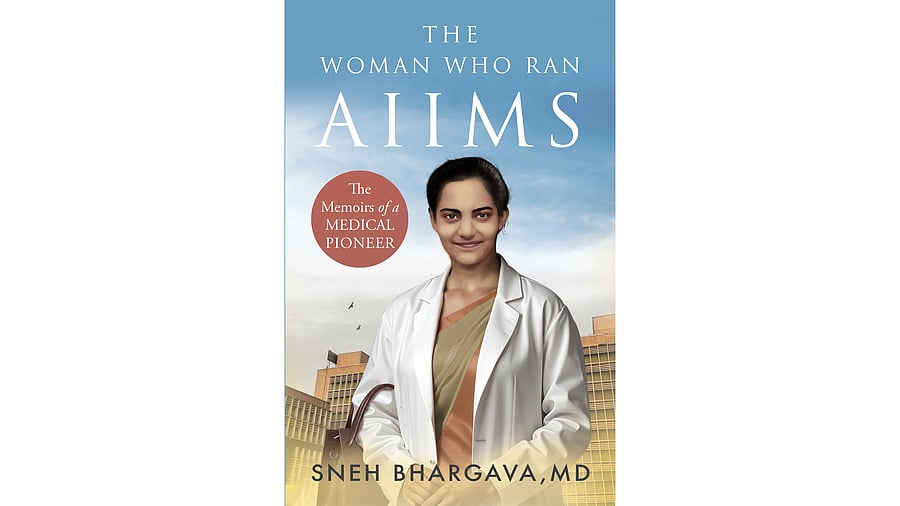
Courtesy Juggernaut.
Dr Sneh Bhargava
In 19th-century India, sons were valued for their economic utility as they provided labour, carried on the family lineage, and brought in dowries from marriages, while daughters were seen as liabilities. This bias began in the home and extended to society, where boys were favoured with better food, education, and opportunities, while girls’ contributions were undervalued. The roots of this gender bias run deep in culture and economics, but even in such a climate, remarkable women emerged to defy these norms.
Anandi Bai Gopalrao Joshi is one such pioneer. Married at nine and a mother by 14, she lost her baby due to inadequate medical care, inspiring her to study medicine. With the support of her husband, she studied in the United States and became India’s first female doctor in 1886. Her health soon deteriorated, and she died at 22, but her legacy lived on. Kadamini Bose Ganguly, who graduated the same year, became the first Indian woman to practice Western medicine in India. These women laid the foundation for future generations in medicine.
At India’s independence, there were only 17 medical colleges with very few women students. The Lady Hardinge Medical College, founded in 1916, was one of the few institutions dedicated to women’s medical education. I joined in 1948, right after Partition, a time of immense suffering and need for medical care, which solidified my decision to pursue medicine.
Despite the college’s initial charter to be led by women, a male principal was appointed post-independence, sparking a student strike. Eventually, Dr Carol Birch, an American, became principal. I had supportive parents and studied radiology abroad, a field considered unconventional at the time. Some asked, “Will you look at black-and-white images all your life?” I responded, “Perhaps one day, they’ll become technical.”
Returning to India, I joined AIIMS, steadily progressing until I was appointed Director in 1984. However, my leadership was met with resistance, especially after Prime Minister Indira Gandhi’s assassination on the day of my appointment. There were doubts: “Can a woman run AIIMS?” I responded, “If Indira Gandhi can run the country, I can certainly run AIIMS.” Thankfully, Rajiv Gandhi confirmed my appointment shortly after.
Women still face healthcare challenges today. Gender-based neglect contributes to the death of more girls under five annually, while maternal health disparities persist. Though programmes like Janani Suraksha Yojana have improved maternal care, significant gaps remain. Additionally, medical research has historically excluded women. Until the 1990s, clinical trials were overwhelmingly male, skewing treatment outcomes for women. Conditions like endometriosis and autoimmune diseases are still misdiagnosed due to gender biases.
Women in medicine also face barriers. Training environments often lack female mentors, and women bear the double burden of professional and domestic duties. While over 50% of MBBS students are women, fewer than a third pursue post-graduate studies due to family obligations and societal pressures. Leadership opportunities remain limited: only 18% of healthcare leadership roles are held by women. Of the 46 major medical associations, just 19.5% are led by women. At AIIMS, only one of 16 directors is female, and among the 18 new AIIMS, only three are led by women.
To ensure progress, we must focus on four key areas:
♦ Inclusive research: Women must be adequately represented in clinical studies to ensure accurate treatments.
♦ Gender-sensitive training: Healthcare providers must be trained to address gender-specific health needs.
♦ Leadership equity: We need mentorship programmes and policy reforms to elevate women into leadership roles.
♦ Cultural change: Challenge stereotypes and create environments where women’s voices are respected.
(Dr Sneh Bhargava, the only woman Director of AIIMS in its 70-year-old history in New Delhi, recently published The Woman Who Ran AIIMS with Juggernaut.)